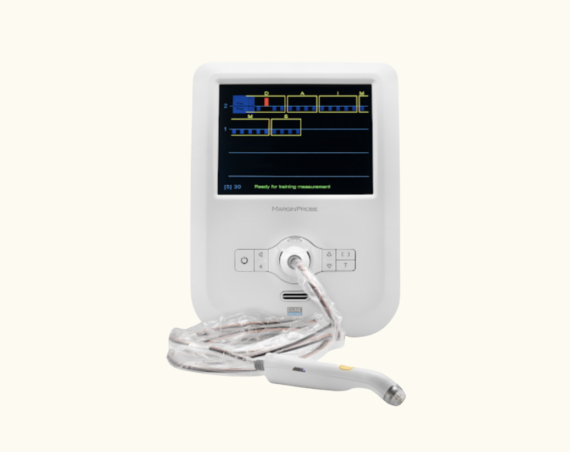
A new study published in the Journal of Clinical Medicine has demonstrated that menstrual blood could serve as a non-invasive alternative for monitoring vitamin levels, potentially transforming how women access routine health screenings.
The research, conducted at the University Medical Center Rostock and led by Berlin-based biotech startup theblood, compared vitamin levels in menstrual blood to those in capillary blood samples from 30 participants. The results showed significant correlations between menstrual and capillary blood for both vitamin A (r = 0.77) and vitamin D (r = 0.66), making theblood the first company worldwide to demonstrate these relationships in a scientific study.
The research team collected menstrual blood using menstrual cups and analyzed samples using dried blood spot (DBS) technology. While the study found that vitamin levels in menstrual blood were consistently lower than in capillary blood, the strong correlations suggest that menstrual blood measurements could be used to predict systemic vitamin levels.
The research builds upon previous work showing menstrual blood’s potential for various diagnostic tests. For theblood, this study represents a significant milestone in their development of non-invasive diagnostic solutions using menstrual blood.
Dr. Amy Whitbread, theblood’s Chief Scientific Officer, commented: “With significant correlations between menstrual and capillary blood vitamin levels these findings underscore the feasibility of a menstrual blood vitamin test. They build on previous research, highlighting menstrual blood’s potential as a non-invasive, more accessible tool for improving women’s health outcomes.
The research team noted that while these initial results are promising, larger studies are needed to validate the findings and establish clinical reference ranges for vitamins in menstrual blood.



